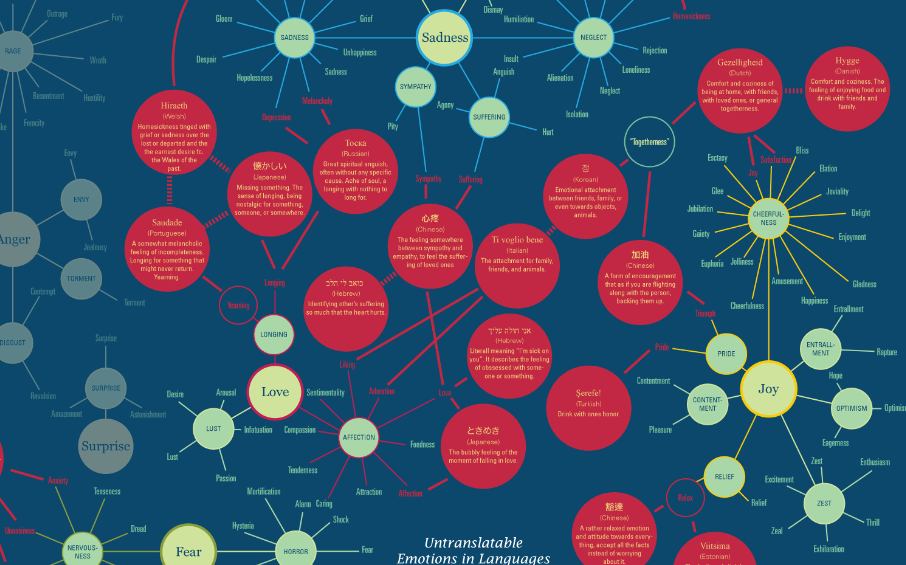Tony Robbins delves deep into the question: What shapes us as individual human Beings? Why are some of us successful and happy while others are left unfulfilled?
The difference between those two types of individuals is, according to Robbins, their ability to contribute beyond themselves.
There’s two master lessons 1. The Science of Achievement- how do you take your dreams and make them happen. 2. The Art of Fulfillment, which Robbins points out is rarely mastered.
He answer in a nut shell: Decision is the ultimate power! Your model of the world is what shapes you
Watch the video below to delve deeper into how to make the decisions that lead to fulfillment and success
Click here to view the embedded video.
Let us know your ideas & thoughts on why we do what we do!
